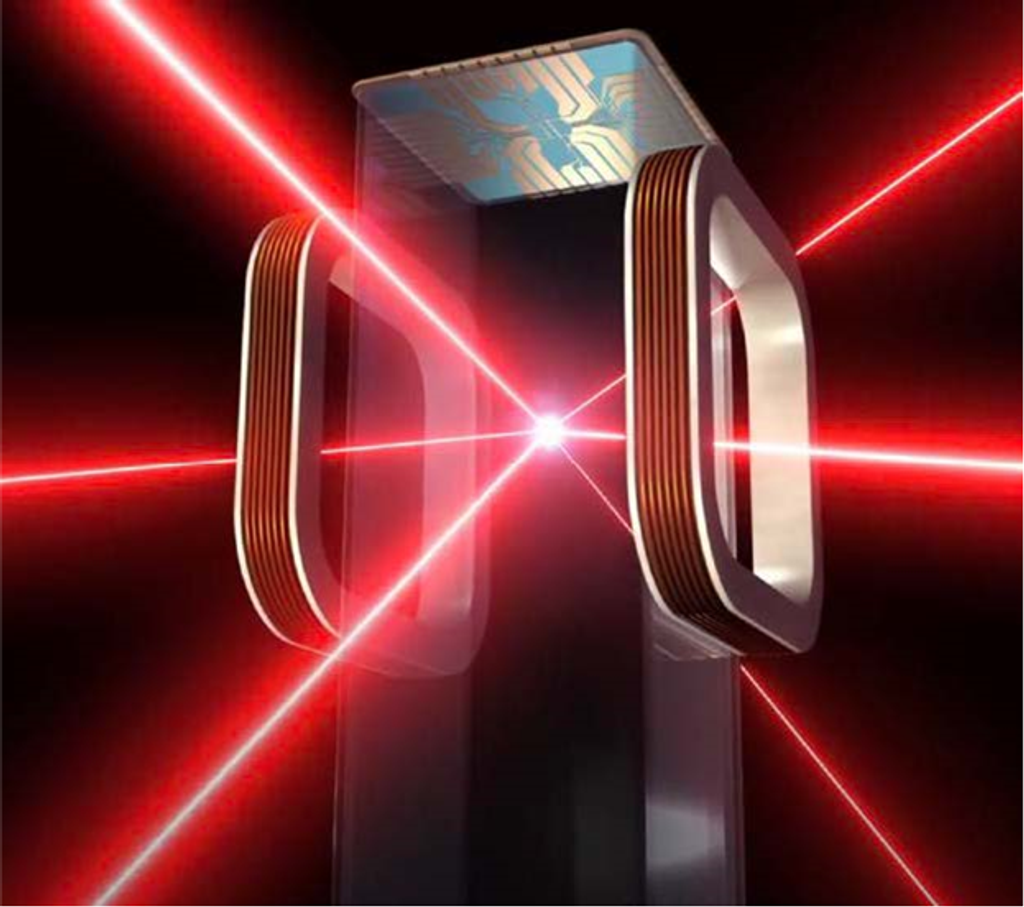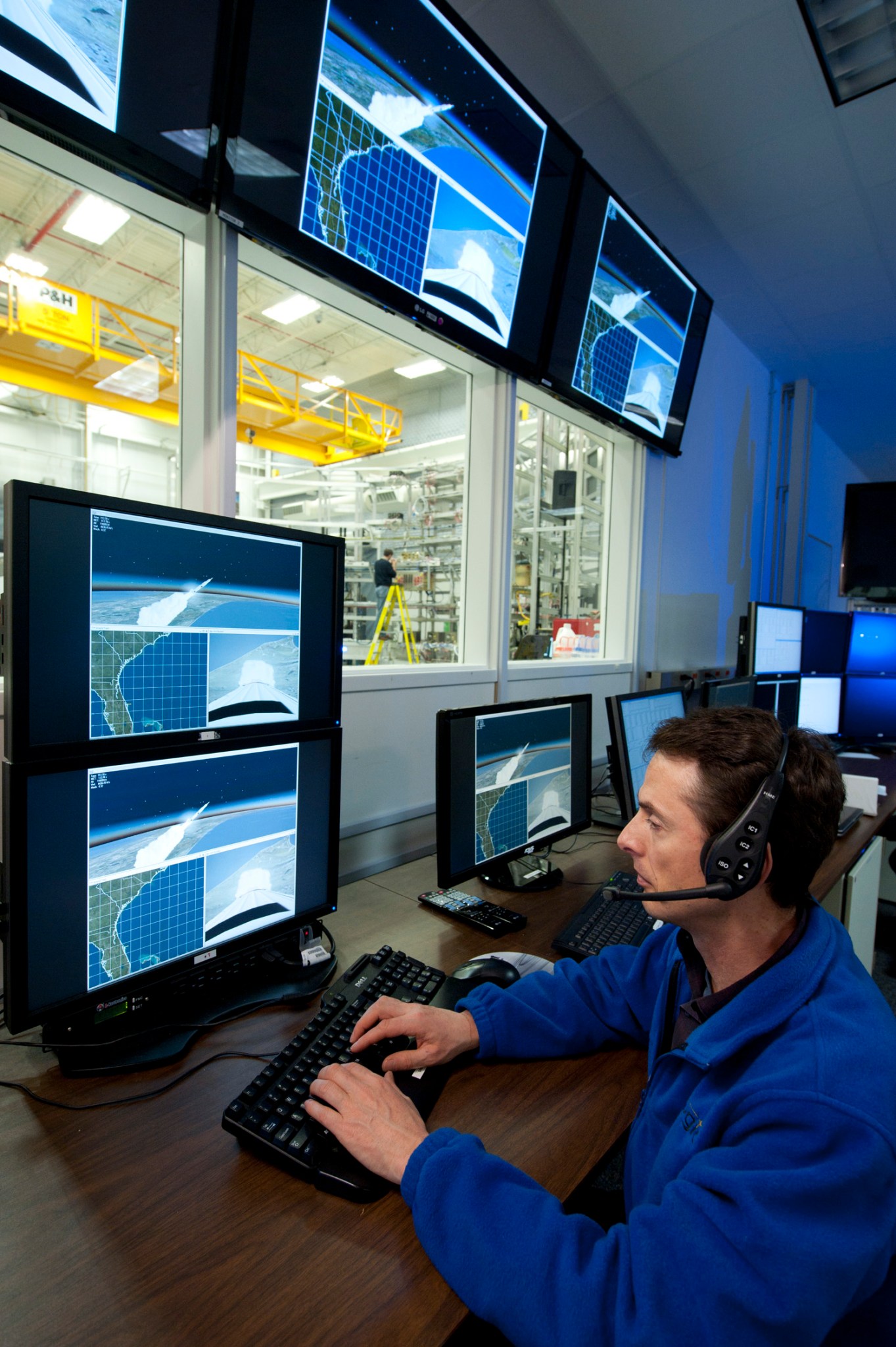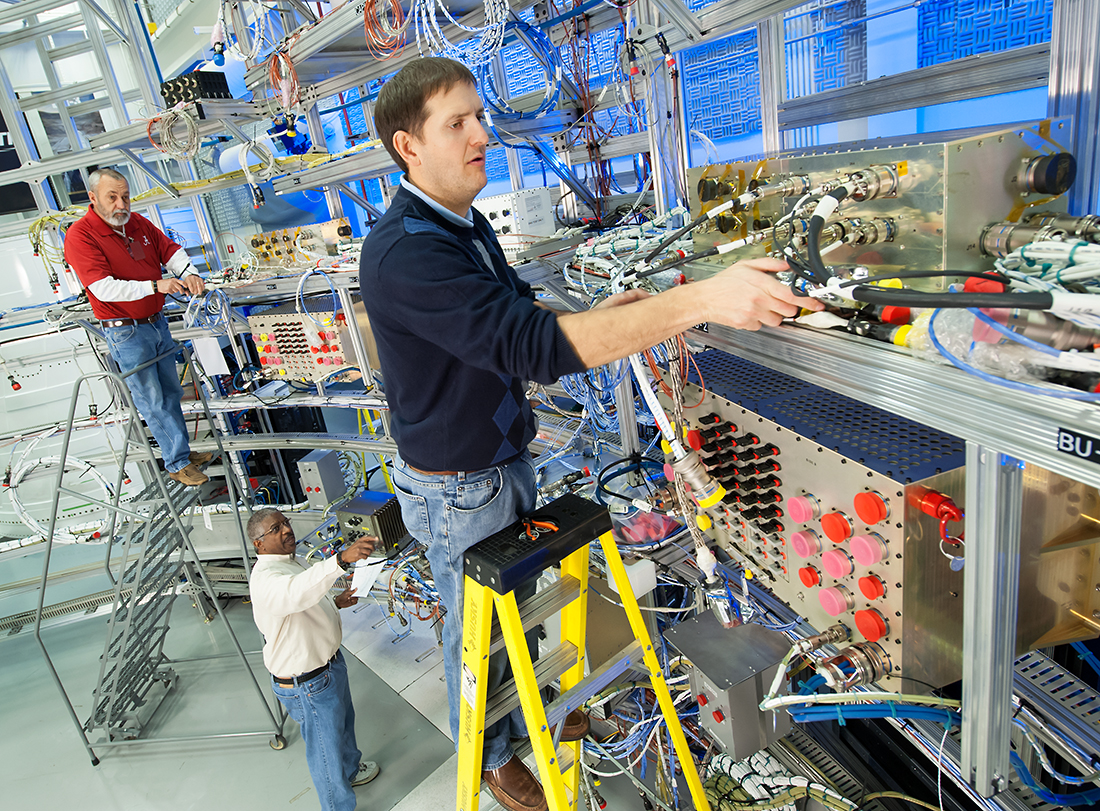The modern avionics system that will guide the most powerful rocket ever built saw the light — the “first light,” that is.
Hardware, software and operating systems for NASA’s Space Launch System (SLS) recently were integrated and powered up for an inaugural run — referred to as “first light.”
When completed, SLS will be capable of powering humans and potential science payloads to deep space. It has the greatest capacity of any launch system ever built, minimizing cost and risk of deep space journeys.
“We often compare the avionics system to the body’s central nervous system — we can’t function without one, and neither can the SLS,” said Lisa Blue, stages avionics system manager in the SLS Program Office at NASA’s Marshall Space Flight Center in Huntsville, Ala. “Avionics tell the rocket where it should go and end up, and how it should pivot the engines to keep on the right trajectory.”
“Now we have that critical system together, and each unit has powered up successfully,” Blue added. “That’s a major accomplishment toward getting ready for the first flight of SLS.”
The Integrated Avionics Test Facilities team provided and installed the structure and simulation capability to model the environments the vehicle will experience during launch. With the avionics hardware units arranged in flight configuration on the structure and with the flight software, the facility will replicate what will actually fly the rocket. “We are using and testing state-of-the-art technology, including the most powerful computer processor ever used on a flight system,” Blue said.
NASA and Boeing engineers will test the system in early January at the Systems Integration and Test Facility at the Marshall Center. They will run flight simulations to see how SLS will perform during launch.
“Completing the first light milestone establishes a capability to perform early avionics and software integration and testing to help us find and fix any problems with the system, and make sure the units communicate together as they are designed to do,” said Dan Mitchell, SLS Integrated Avionics and Software lead engineer at the Marshall Center.
Avionics and the flight computer will be housed in the SLS core stage. When completed, the core stage will be more than 200 feet tall and store cryogenic liquid hydrogen and liquid oxygen that will feed the vehicle’s RS-25 engines. The Boeing Company is the prime contractor for the SLS core stage, including avionics.
Watch more about the SLS avionics first light.
In late January, the team will start working on the entire avionics system operating together as one unit. In 2015, the avionics will be shipped to NASA’s Michoud Assembly Facility in New Orleans, where the core stage is being manufactured, and integrated onto the actual rocket.
The first flight test of the SLS — which will feature a configuration for a 70-metric-ton (77-ton) lift capacity and carry an uncrewed Orion spacecraft beyond low-Earth orbit to test the performance of the integrated system — is scheduled for 2017. As the SLS evolves, it will provide an unprecedented lift capability of 130-metric-tons (143-tons) to enable missions even farther into our solar system to places like Mars.
For more information on SLS, visit:
https://www.nasa.gov/exploration/systems/sls/
By Megan Davidson
Marshall Space Flight Center, Huntsville, Ala.
Media Contact:
Kim Henry
Marshall Space Flight Center, Huntsville, Ala.
256-544-0034
kimberly.m.henry@nasa.gov



























